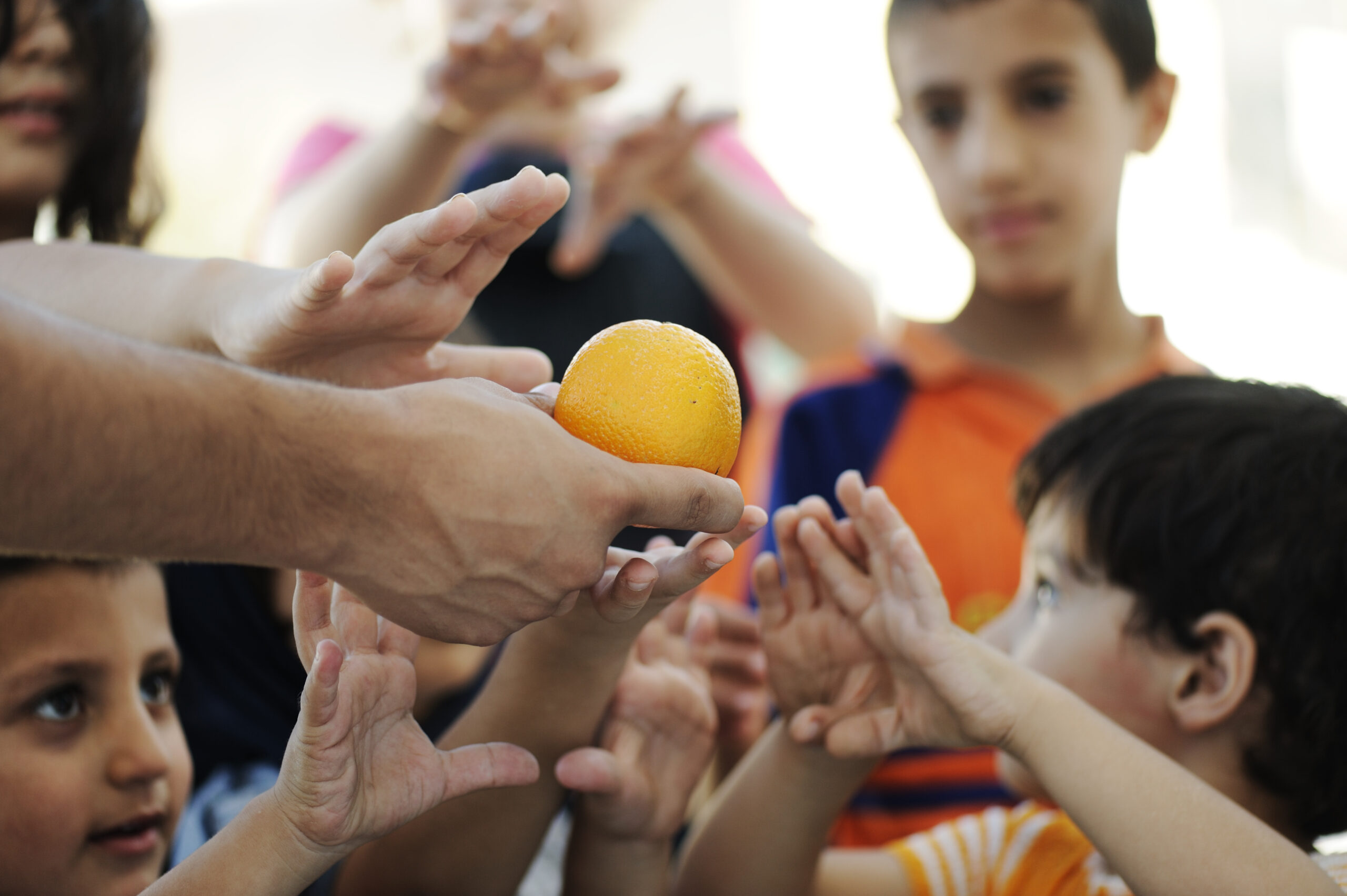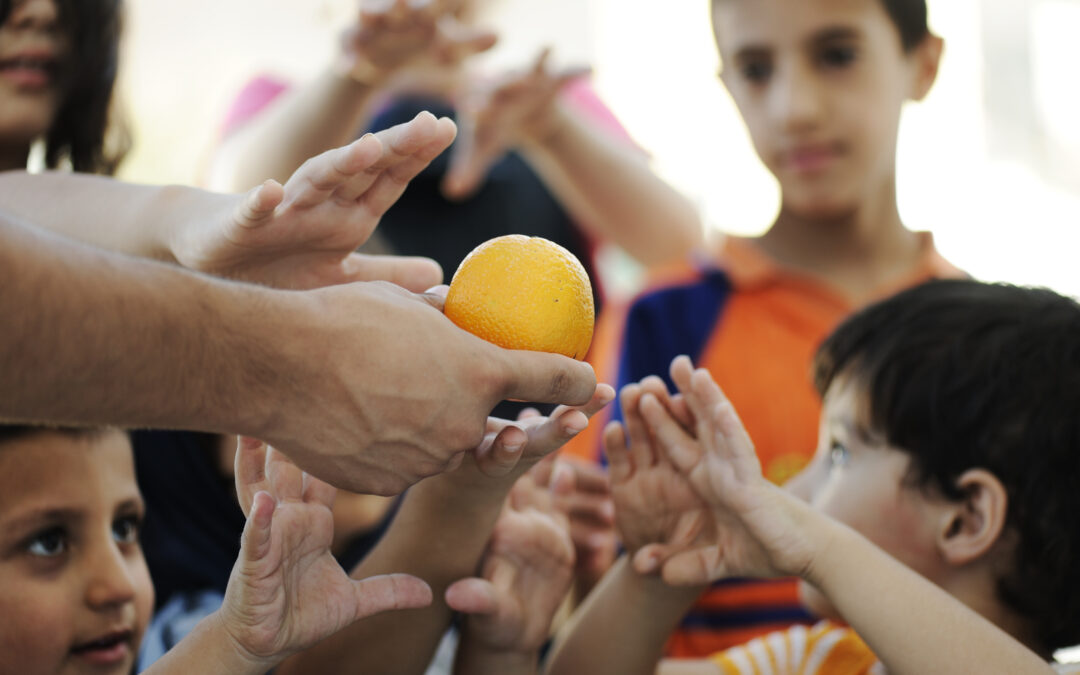Welcome to my blog post about emergency preparedness. In this article, we will discuss how to build a 72-hour emergency kit and what you need to know to be fully prepared for any unforeseen situation. Let’s get started!

Introduction:
An emergency kit is a collection of supplies that can help you survive during a disaster or crisis. It is essential to have a well-stocked emergency kit in case of an unexpected event such as a natural disaster, power outage, or other emergencies. Building a 72-hour emergency kit is crucial because it provides you with the necessary tools and resources to sustain yourself until help arrives.
What is an Emergency Kit?
An emergency kit should contain all the essentials needed to survive for at least three days. These include food, water, shelter, warmth, lighting, first aid supplies, communication and navigation tools, and important documents. A properly stocked emergency kit will provide you with the basic necessities to stay alive and comfortable during a crisis.
Why Build a 72-Hour Emergency Kit?
Building a 72-hour emergency kit is critical because it ensures your safety and wellbeing during times of distress. Natural disasters like hurricanes, earthquakes, and floods often cause widespread destruction and chaos, making it challenging to access essential services and resources. Having a well-prepared emergency kit can make a significant difference between life and death.
Basic Essentials for Your Kit:
Here are some essential items that you must include in your 72-hour emergency kit:
1. Water – Store enough drinking water for at least three days (one gallon per person per day).
Thank you for reading this post, don't forget to subscribe NOW for FREE!
2. Food – Pack non-perishable food items that won’t spoil easily, such as canned goods, energy bars, dried fruits, and nuts.
3. Shelter – Carry a tent or emergency blankets to keep you warm and dry.
4. Warmth – Include extra clothing, gloves, hats, and scarves to keep you warm during cold weather.
5. Lighting – Flashlights, candles, and matches are essential for navigating dark spaces.
6. First Aid Supplies – Bandages, antiseptic wipes, pain relievers, and other medical supplies are vital for treating injuries and illnesses.
7. Communication and Navigation Tools – Carry a portable radio, GPS device, maps, and a cell phone with chargers.
8. Important Documents – Keep copies of your identification cards, insurance policies, bank account details, and other critical papers in a waterproof container.
Food and Water in your Emergency Kit:
It is essential to store sufficient amounts of food and water in your emergency kit. You should aim to have one gallon of water per person per day. Make sure to rotate your water supply regularly to ensure freshness. As for food, pack non-perishable items that are easy to prepare and won’t spoil quickly. Canned goods, energy bars, trail mix, and dehydrated meals are great options.
Shelter, Warmth, and Lighting:
Including adequate shelter, warmth, and lighting in your emergency kit is crucial for maintaining comfort and security during a crisis. Consider carrying a tent or emergency blanket to keep you warm and dry. Extra clothing, gloves, hats, and scarves can also help regulate body temperature. Don’t forget flashlights, candles, and matches for navigating dark spaces and starting fires.
First Aid Supplies:
A well-equipped first aid kit can mean the difference between life and death in an emergency situation. Be sure to include bandages, antiseptic wipes, pain relievers, and other medical supplies in your kit. If anyone in your family has specific medical needs, don’t forget to include their medications and equipment in the kit.
Communication and Navigation Tools:
Carrying a portable radio, GPS device, maps, and a cell phone with chargers is imperative for keeping informed and finding your way around during an emergency. Remember to charge your devices beforehand and bring extra batteries if possible.
Important Documents to Include:
Keep copies of your identification cards, insurance policies, bank account details, and other critical papers in a waterproof container. This information may come in handy in case of evacuation or other emergencies.
Putting it All Together: Step by Step Instructions:
Now that you know what to include in your emergency kit, let’s talk about how to put everything together. Here are step-by-step instructions on building a 72-hour emergency kit:
1. Determine the number of people who will use the kit and estimate how much food, water, and other supplies they will need.
2. Purchase or gather the necessary supplies and organize them into categories.
3. Place the supplies in a sturdy container such as a backpack or duffel bag.
4. Label each item clearly so everyone knows what it is and where it belongs.
5. Test your kit periodically to ensure nothing has expired or gone bad.
Remember, being prepared is key to surviving any emergency situation. By following these steps and creating a well-stocked emergency kit, you can rest assured knowing that you and your loved ones will be safe and secure no matter what comes your way.






